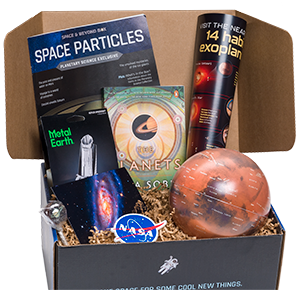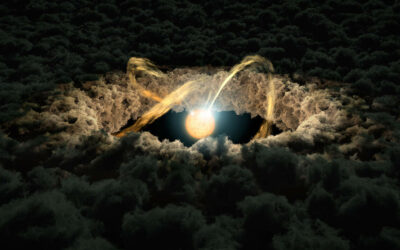The Space & Beyond Blog
Jupiter Planet profile: A quick dive into the gas giant
Not only does the gas giant reign supreme in our solar system, Jupiter also harbors many fascinating features.
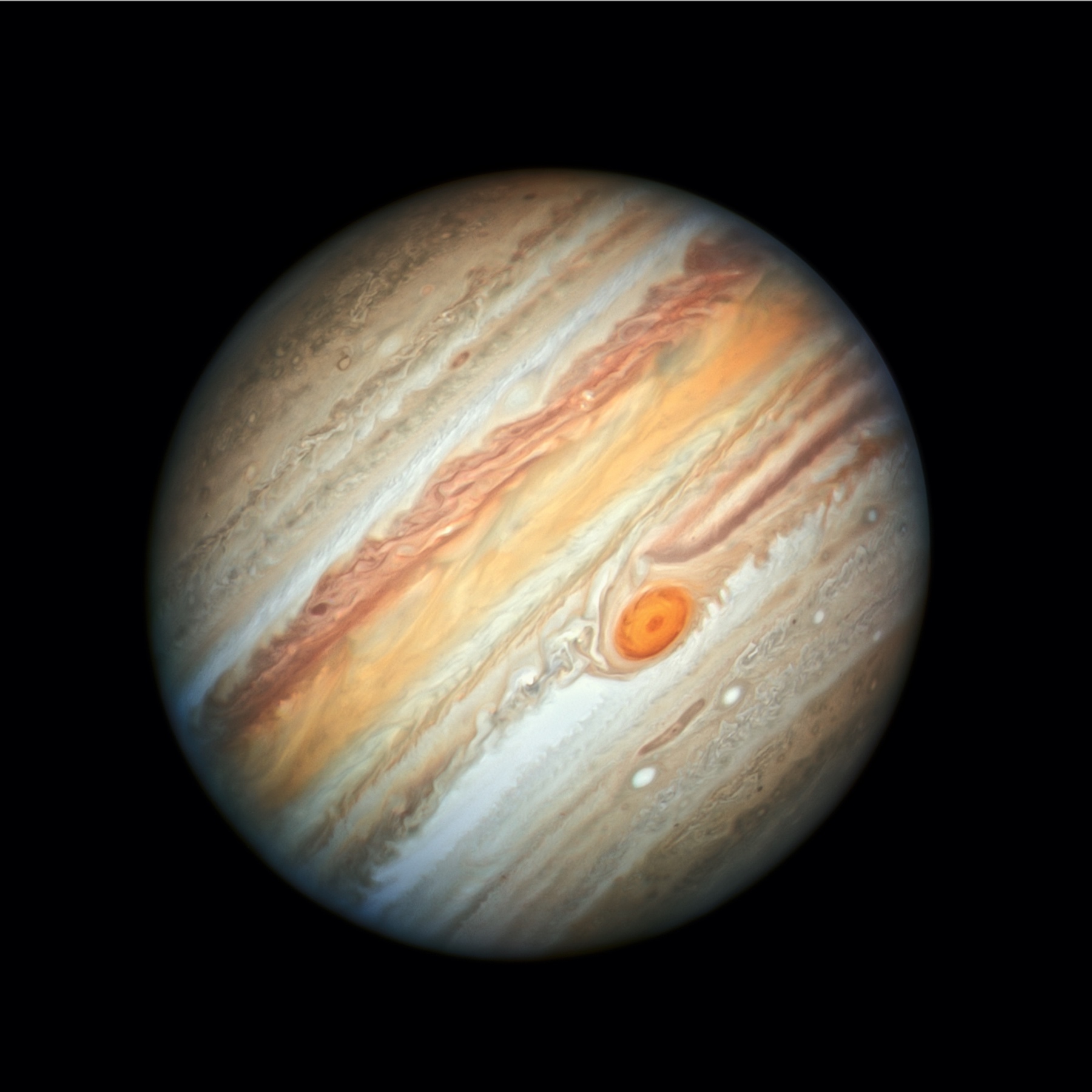
Last year, the Hubble Space Telescope captured this crisp view of our solar system’s largest planet, Jupiter. SOURCE: NASA, ESA, A. Simon (Goddard Space Flight Center), and M.H. Wong (University of California, Berkeley)
The gas giant, Jupiter, has about twice as much mass as the rest of the planets in our solar system combined, making it a force to be reckoned with. Fortunately, for the most part, Jupiter is on our side.
You see, Jupiter — located between Mars and Saturn — acts as a sort of sentinel to Earth. Due to its heft, Jupiter’s immense gravitational pull often helps capture, eject, or redirect many potentially hazardous space rocks that are zipping inward from the depths of our solar system. But Jupiter’s protective role is far from its most fascinating feature.
The gas giant is huge
It may seem obvious that Jupiter is big. But just how big is almost impossible to intuitively comprehend. Sure, it’s about 11 times wider and more than 300 times more massive than Earth; but what does that really look like from an outside perspective?
Well, if Earth were a gumball, Jupiter would be the bulbous glass sphere atop a standing gumball machine. That is to say, Jupiter could fit some 1,300 Earths within it. If Earth were to suddenly vanish, the solar system would sense the gravitational disturbance. But if Jupiter were to disappear, it would leave our solar system in utter shambles.
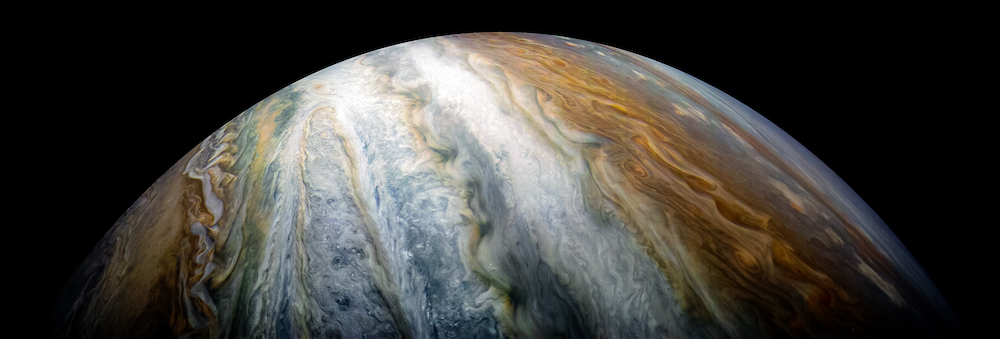
Jupiter’s signature stripes are streams of gas that flow in alternating directions. SOURCE: NASA/JPL-Caltech/SwRI/MSSS/Kevin M. Gill
The many fabulous features of Jupiter
What would Jupiter be without its stripes? The Great Red Spot might be the gas giant’s most famous feature, but the giant planet would be unrecognizable without the multicolored bands streaking across its face. Jupiter’s striking stripes are there thanks to the chemistry of the planet’s atmosphere. But the striped pattern itself comes from long-lived winds called zonal flows that blow east-west around Jupiter in alternating directions. These zonal flows are similar to the jet streams high in Earth’s atmosphere. Unlike Earth, though, Jupiter doesn’t have pesky geographical features like mountains interrupting these winds, so the zonal flows stream in (mostly) smooth lines, making the stripes we know and love.
The Great Red Spot, meanwhile, is a storm larger than the Earth that’s powerful enough to tear apart smaller storms that get drawn into it. The counterclockwise-moving storm — an anticyclone — boasts wind speeds as high as 300 miles per hour (482 km/h). This prominent feature, observed since 1830, and possibly as far back as the 1660s, has long been a source of great fascination and scientific study.
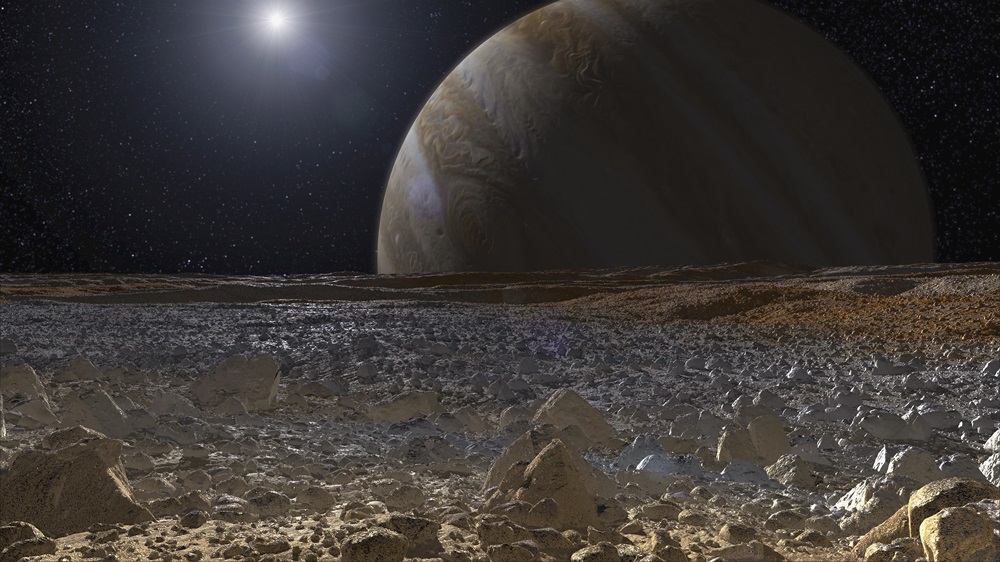
Jupiter fills the sky as seen from Europa’s surface in this artist’s concept, which shows the moon’s rough, white-and-red terrain in the foreground and the Sun in the far background. SOURCE: NASA/JPL-CaltechTop of Form
Jupiter has many tantalizing moons
The four large satellites of Jupiter, discovered in 1610 by Galileo Galilei, have been viewed by more people than any other planetary satellites besides the Moon. Thanks to the tremendous advances in modern digital imaging and processing, amateur astronomers with just medium-size telescopes can capture outstanding images of Jupiter and its moons, unheard of just a decade ago.
The famous moons also comprise a distinctive association of bodies which individually would qualify as planets in their own right. But, linked with Jupiter, they are instead considered a small analog of the larger solar system.
the gas giant has no (recognizable) surface
If you dropped in a penny from the clouds of Jupiter, it would never land with a “clink.” Instead, the gas giant is mostly composed of hydrogen at temperatures and pressures where there is no sharp boundary between solid, liquid, and gas states.
But gas giants do have layers. So, if you dove into Jupiter (with a really impressive protective suit), you would first swim through a stormy atmosphere of hydrogen. You would then pass through layers of ammonia clouds, sulfide clouds, and then water clouds until you eventually reached a point where you would “float.”
And if you could weigh yourself down more, you would keep sinking into a thick layer of metallic hydrogen, where electrons and protons move separately from one another. As you kept diving, the temperature would eventually climb to some 35,000 degrees Fahrenheit (19,500 degrees Celsius).
Jupiter, as you can see, is truly one of the greatest wonders of our solar system. And astronomers have been peeling back its fascinating mysteries for hundreds of years, there are sure to be plenty more surprises in store.
Enjoying our blog?
Check out the Space & Beyond Box: our space-themed subscription box!
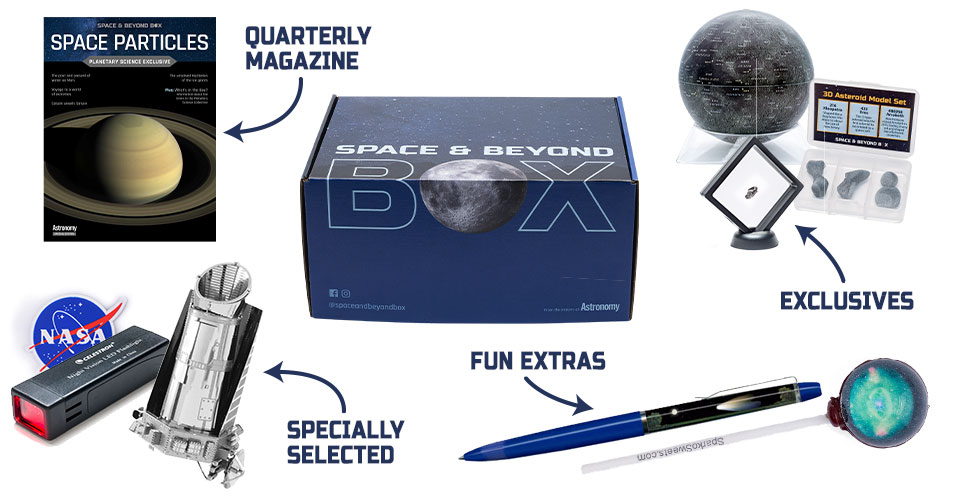
CONNECT WITH US ON INSTAGRAM
CHECK OUT OUR LATEST BLOGS
Tour the inner solar system
Take a deep dive into the rocky planets that make up our local neighborhood.
